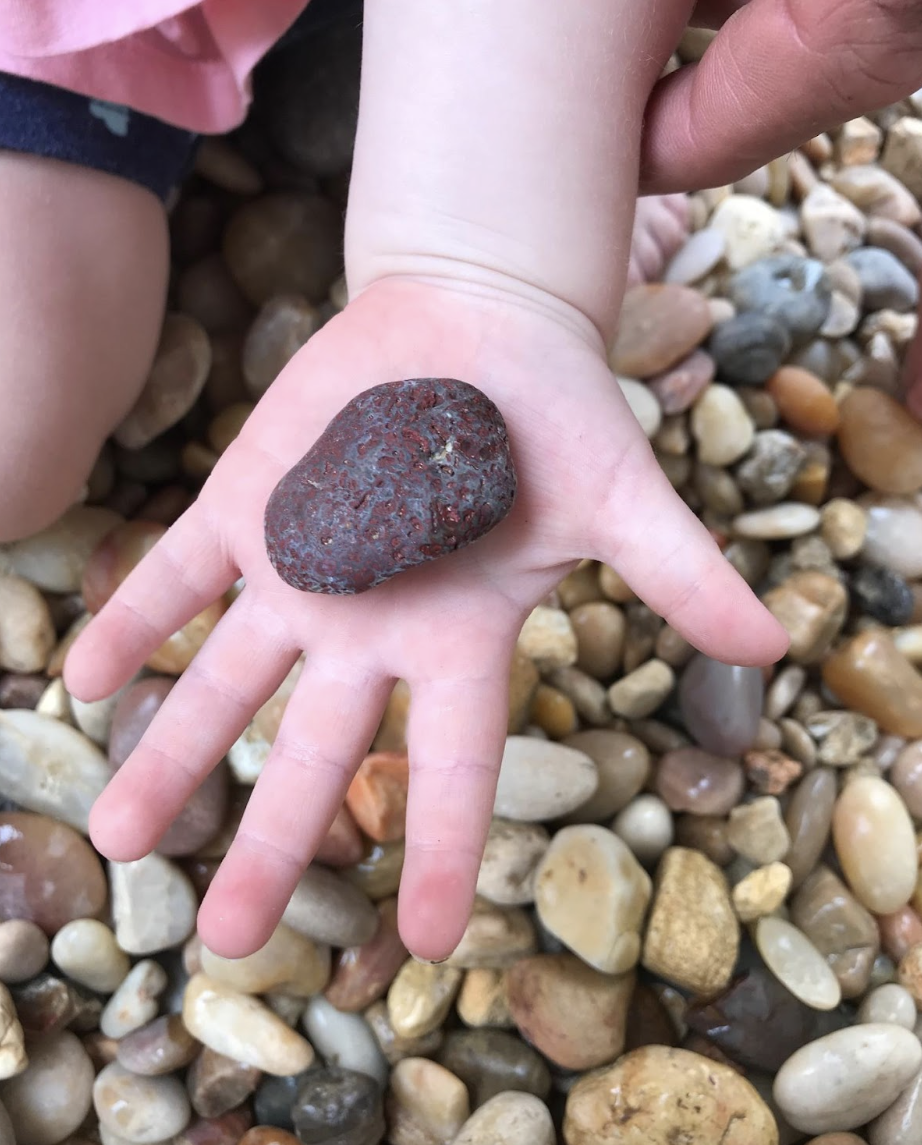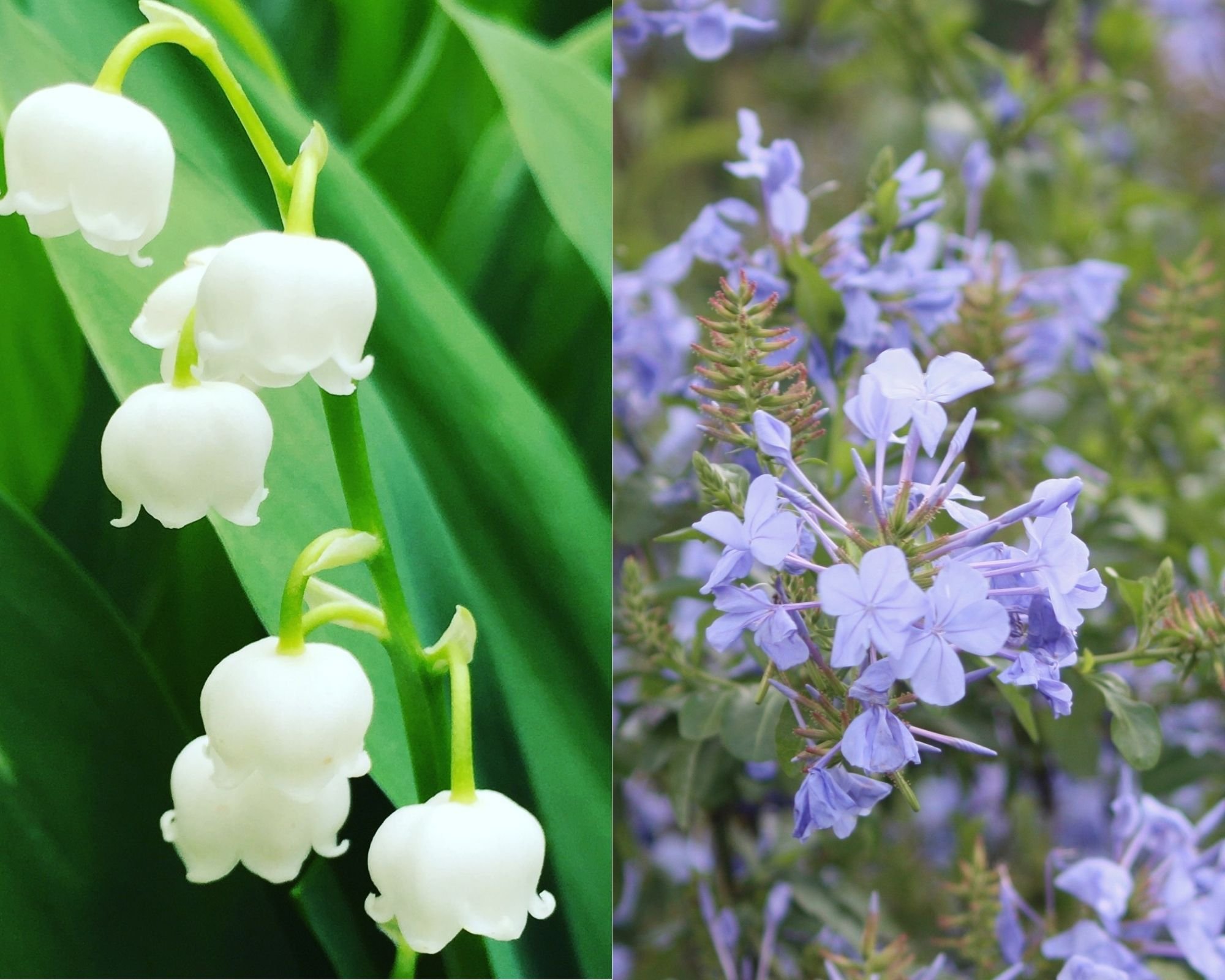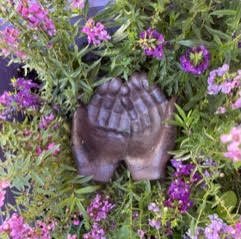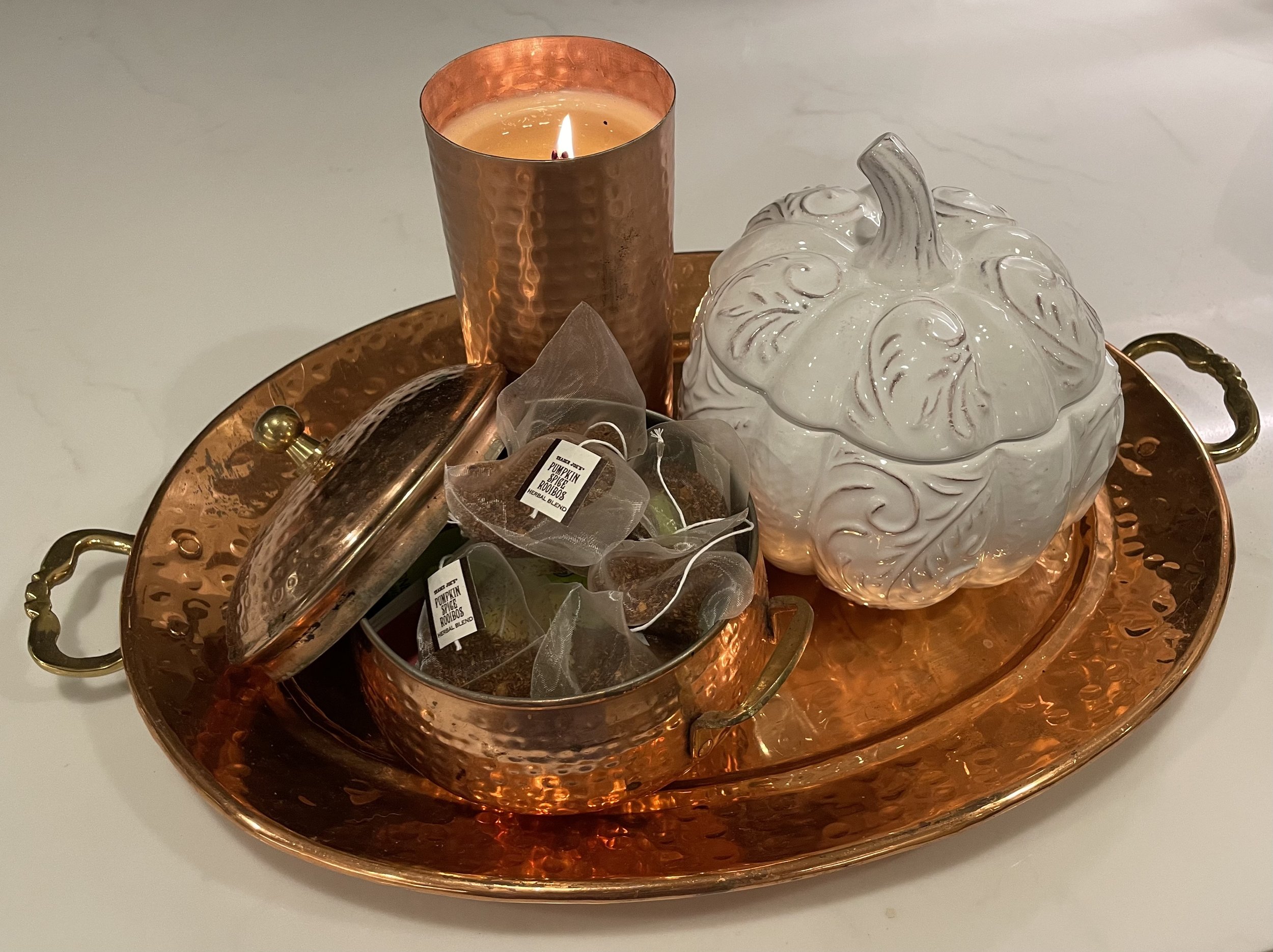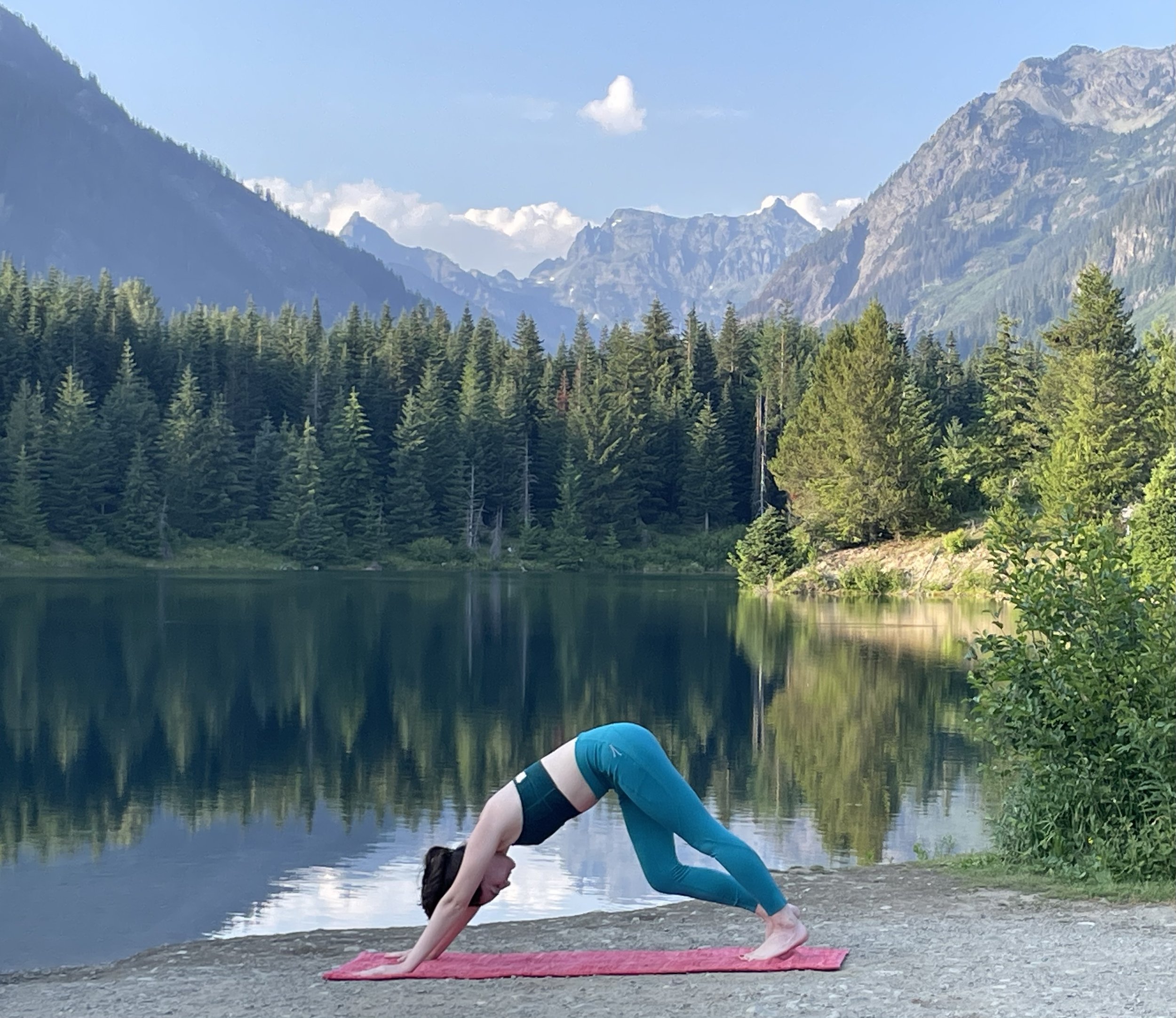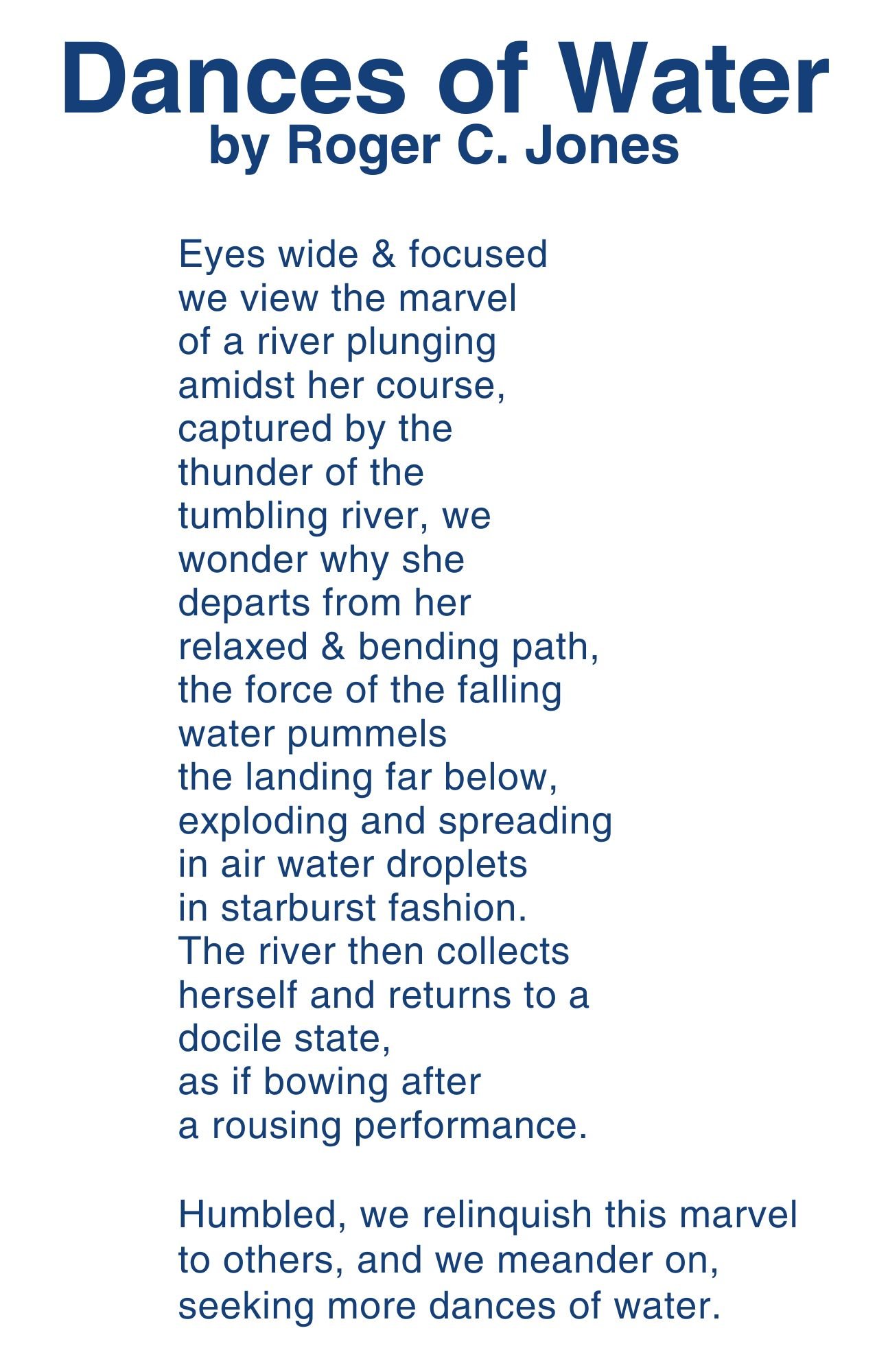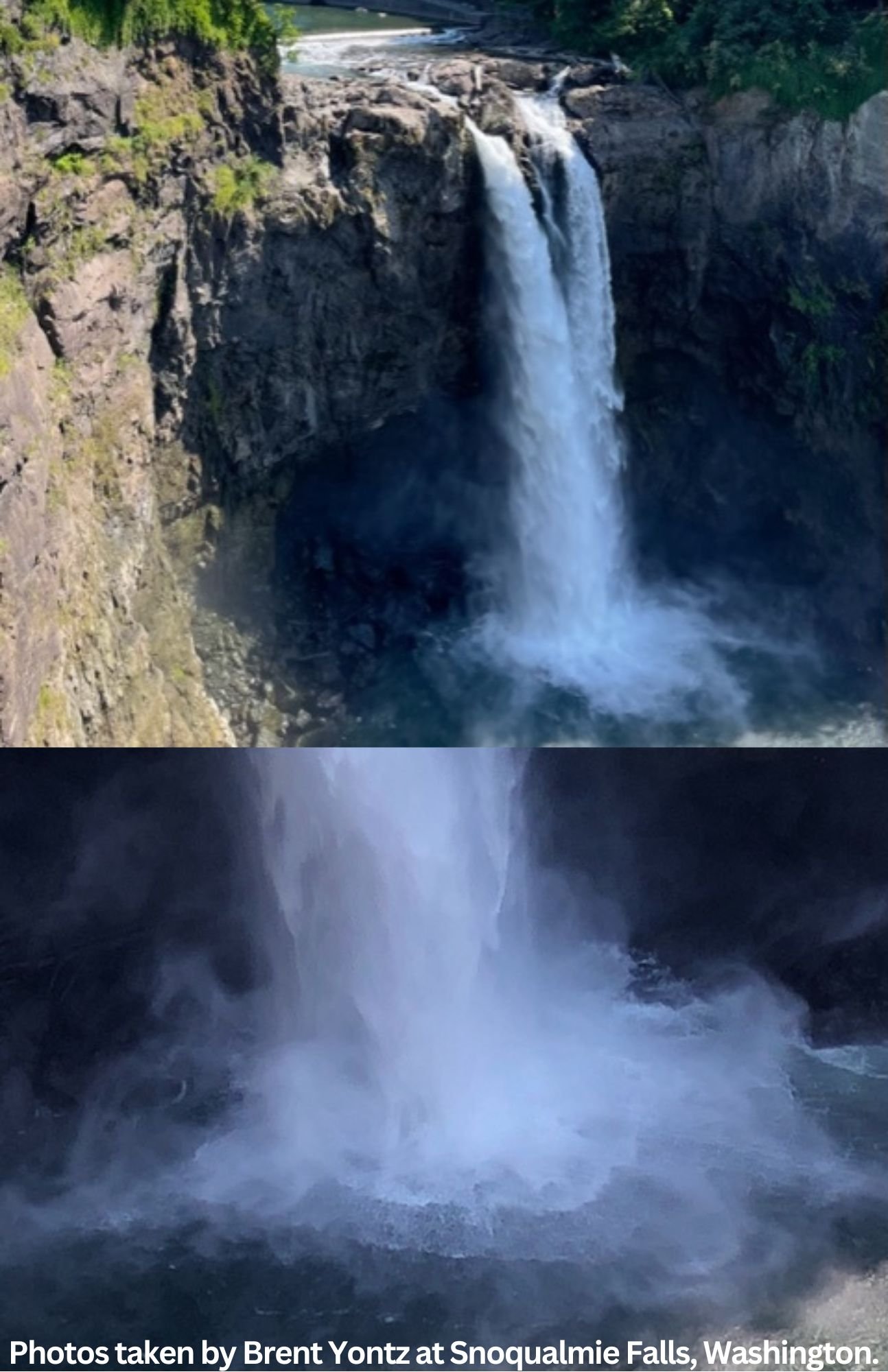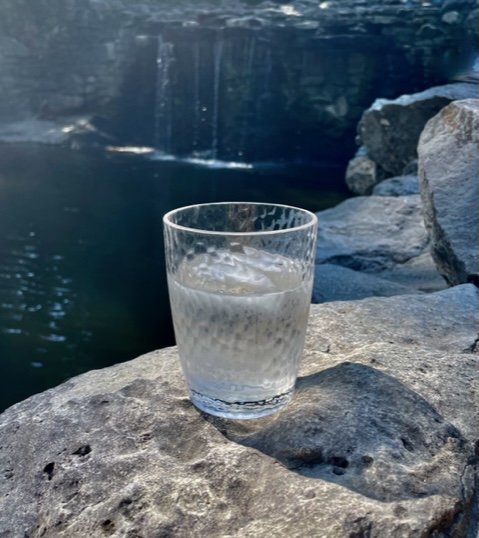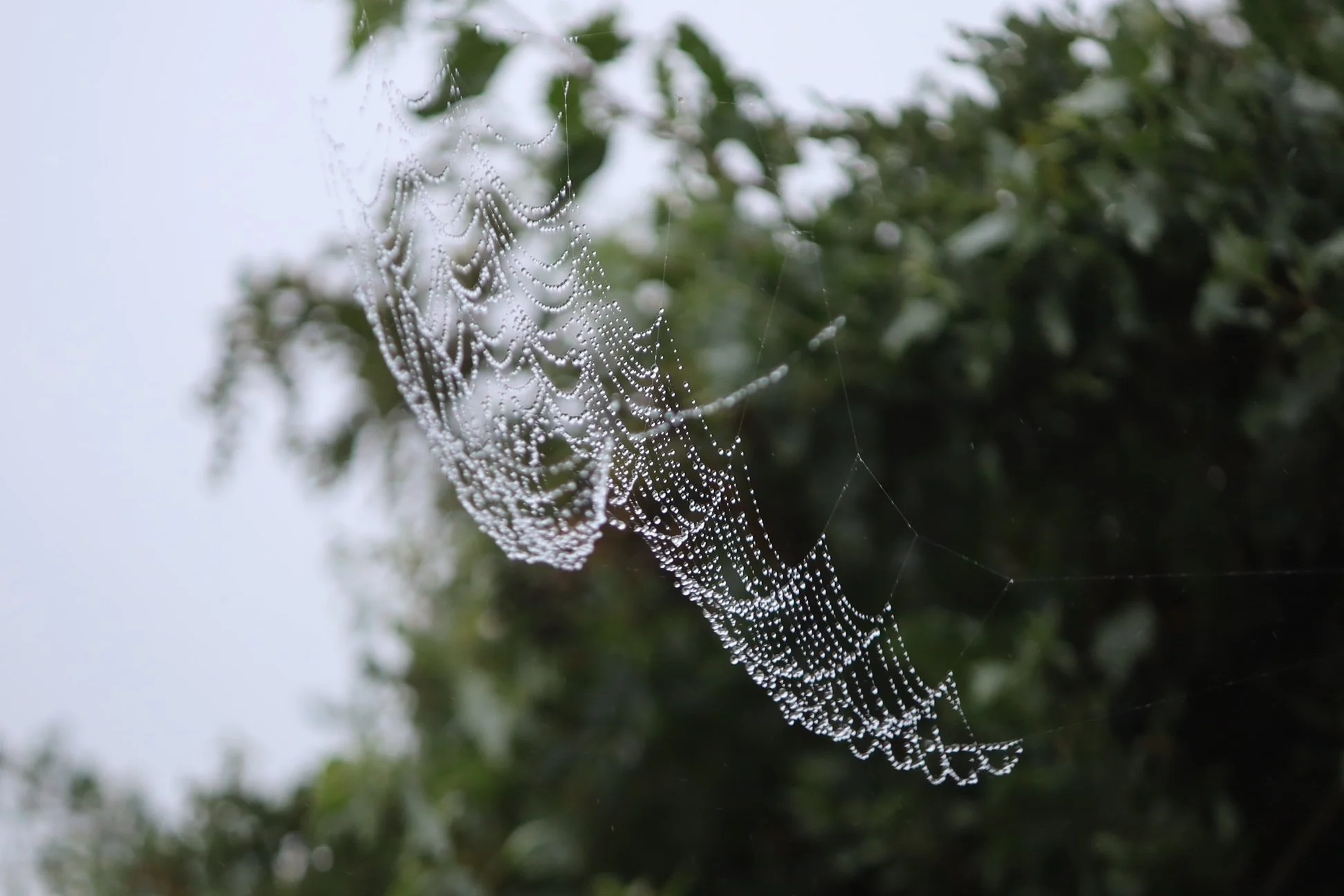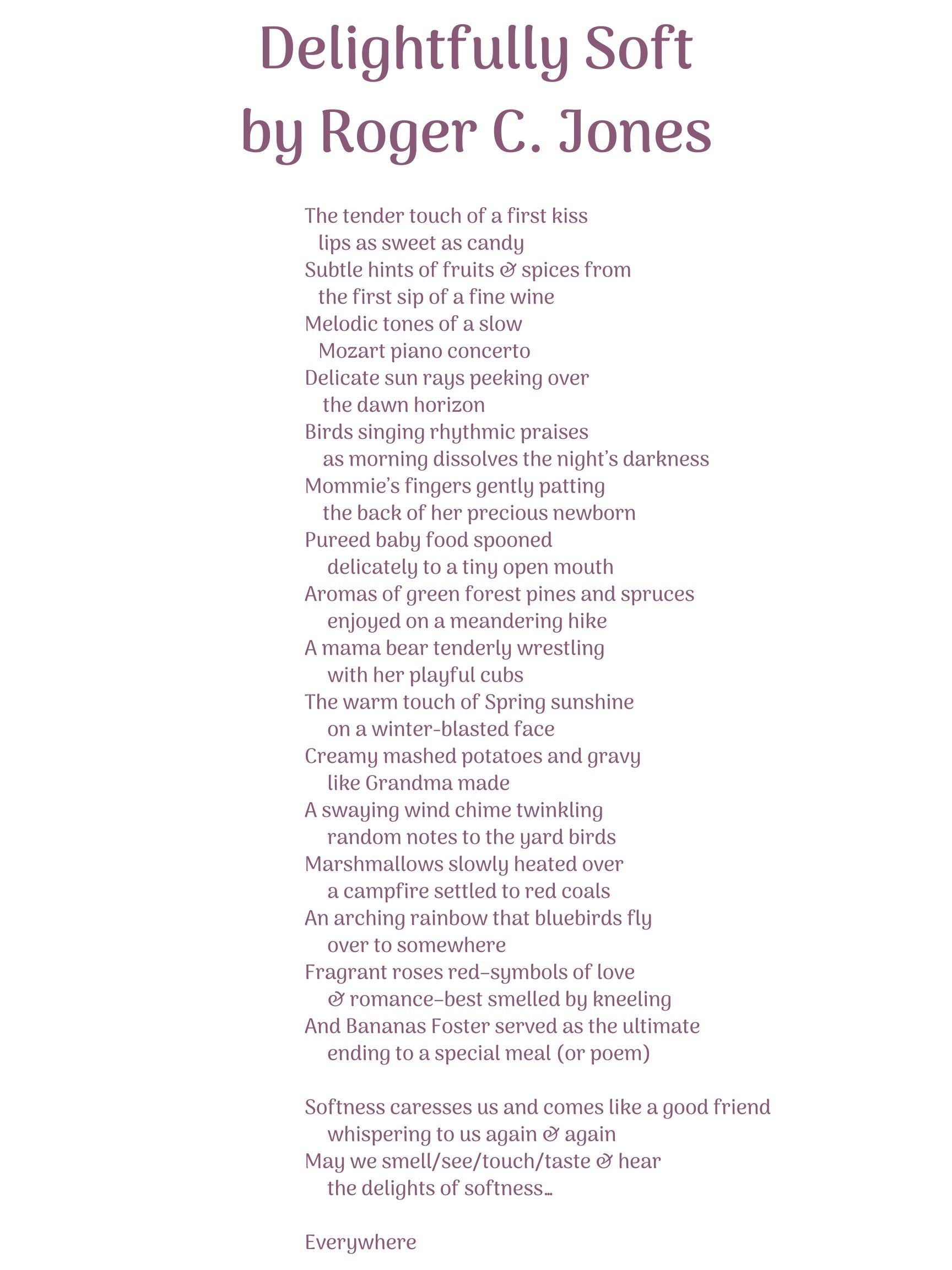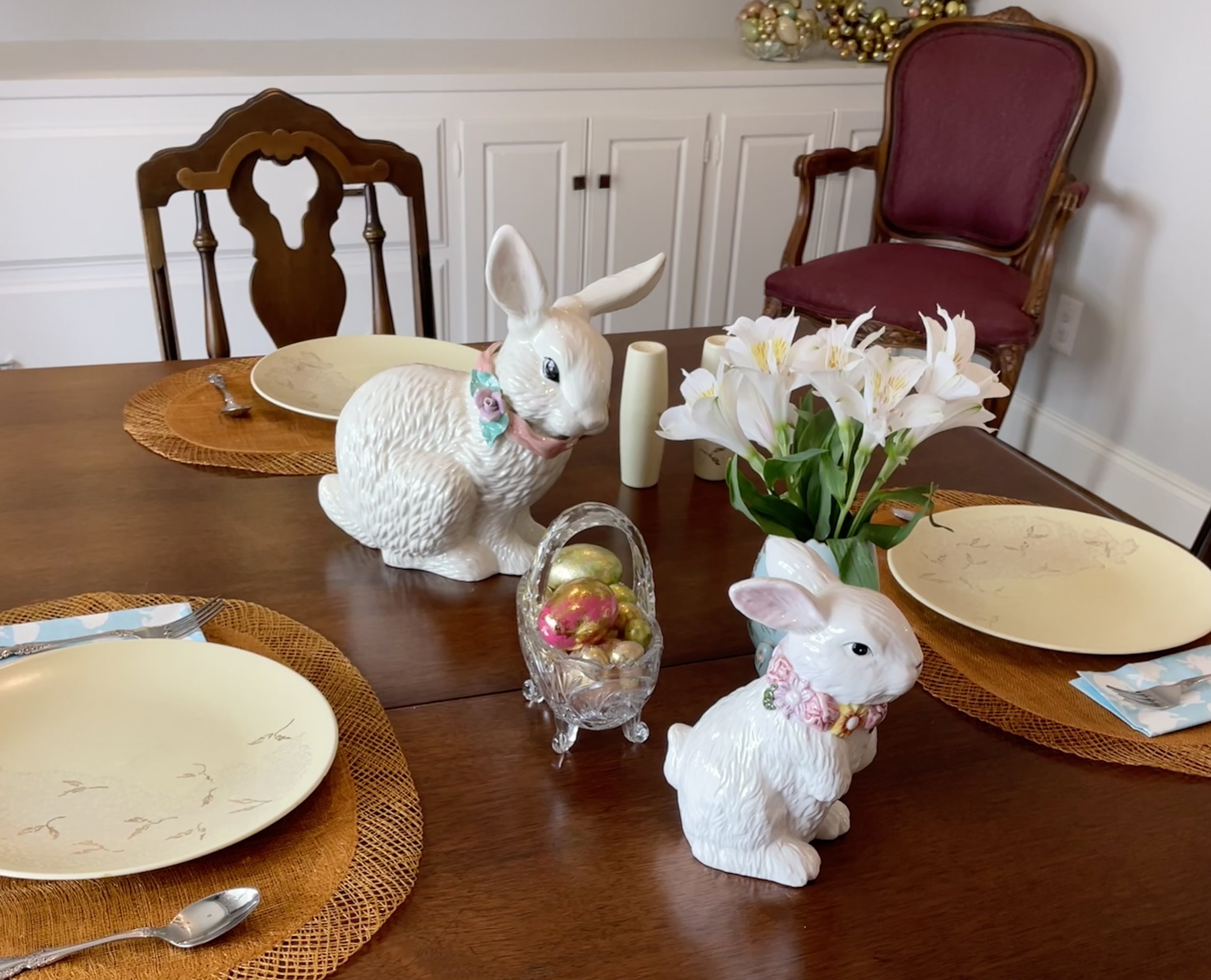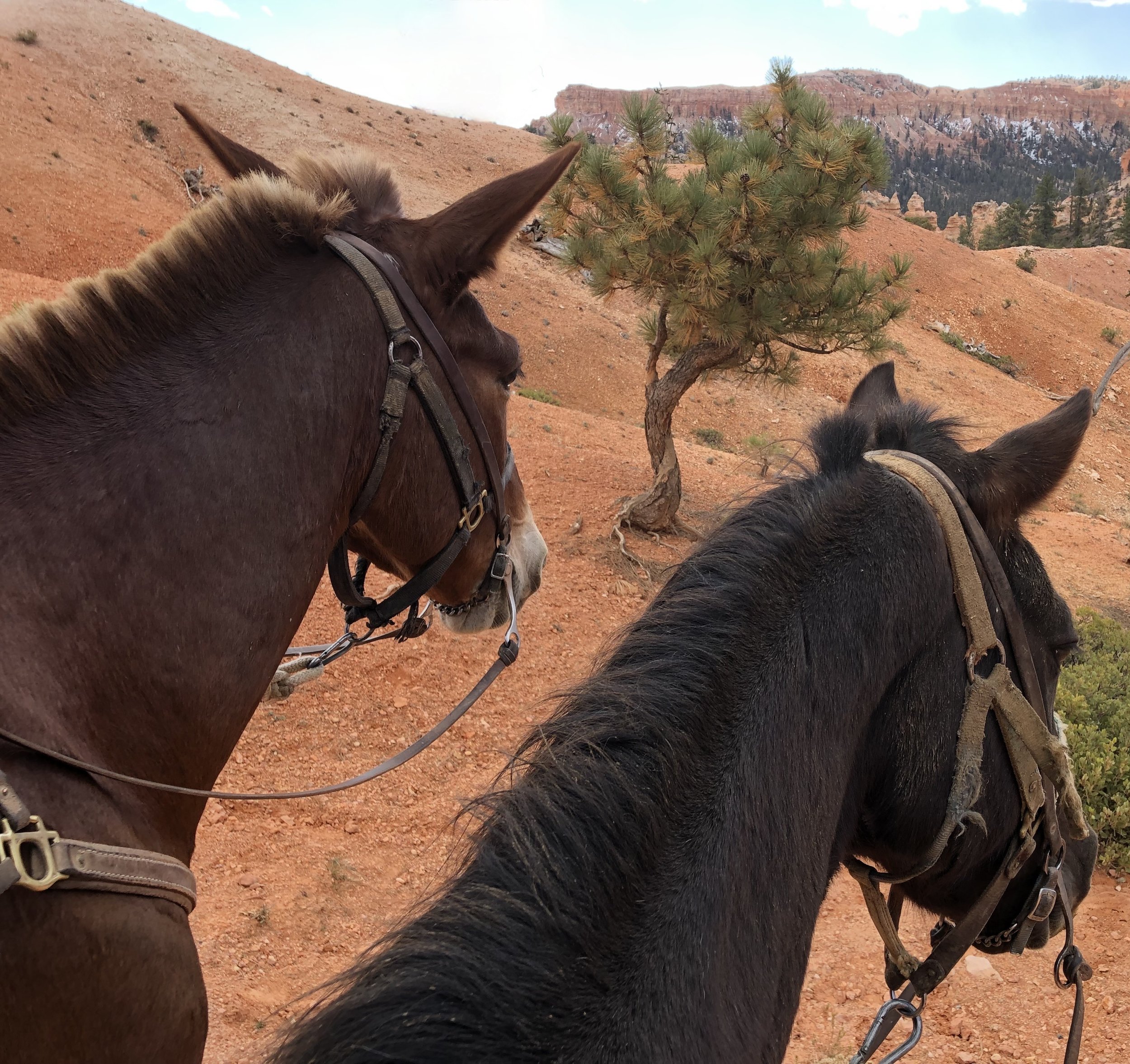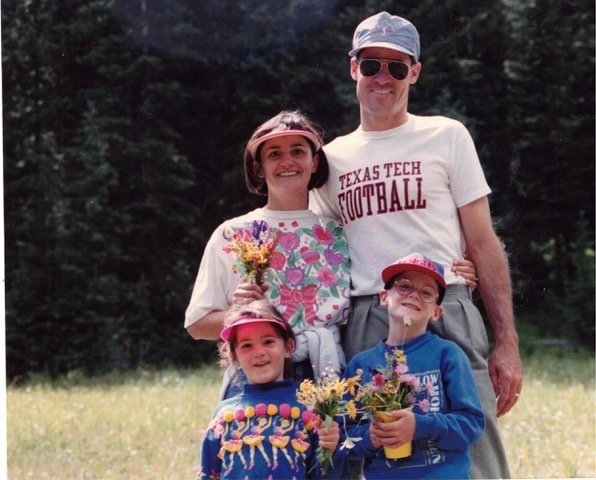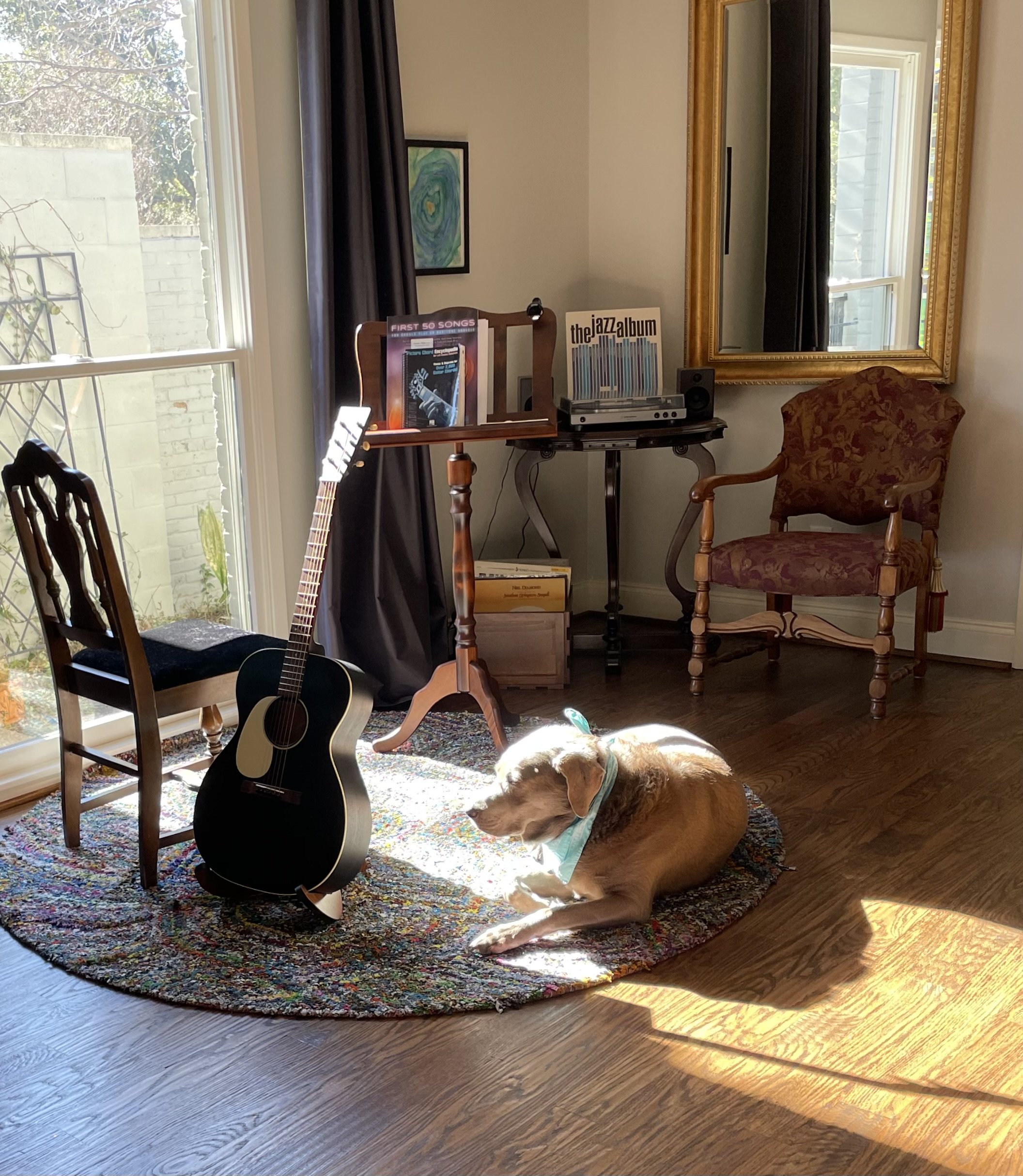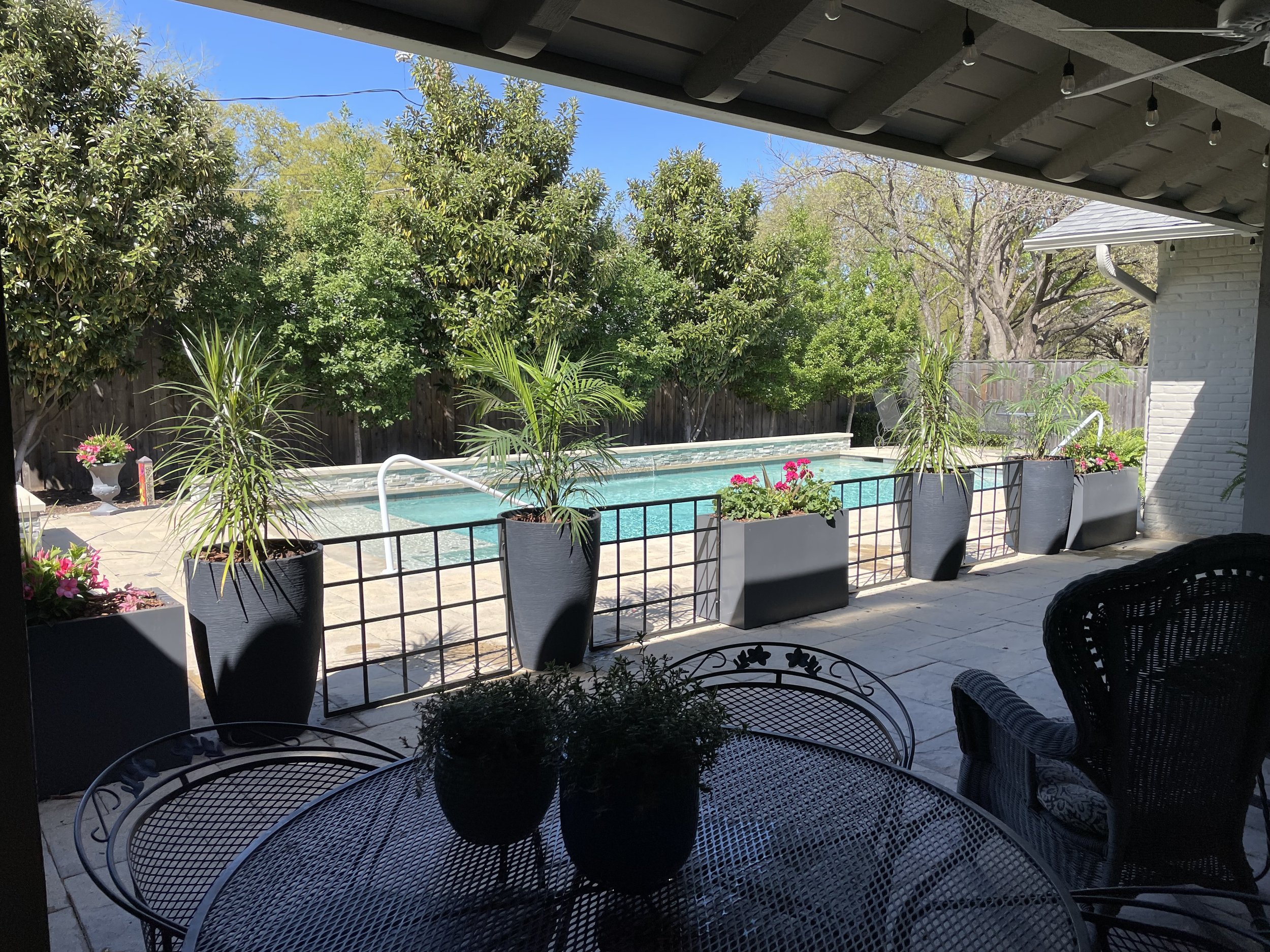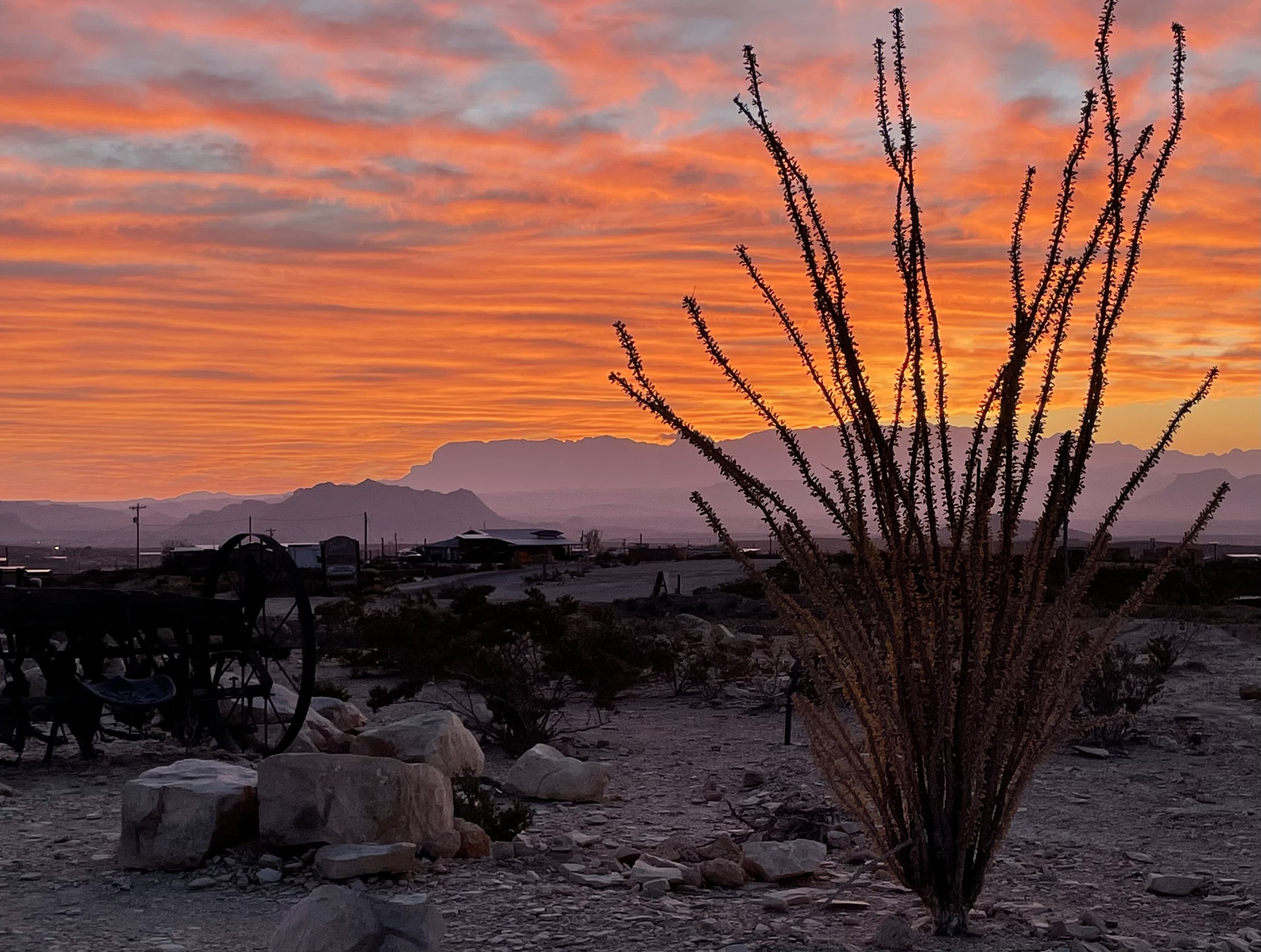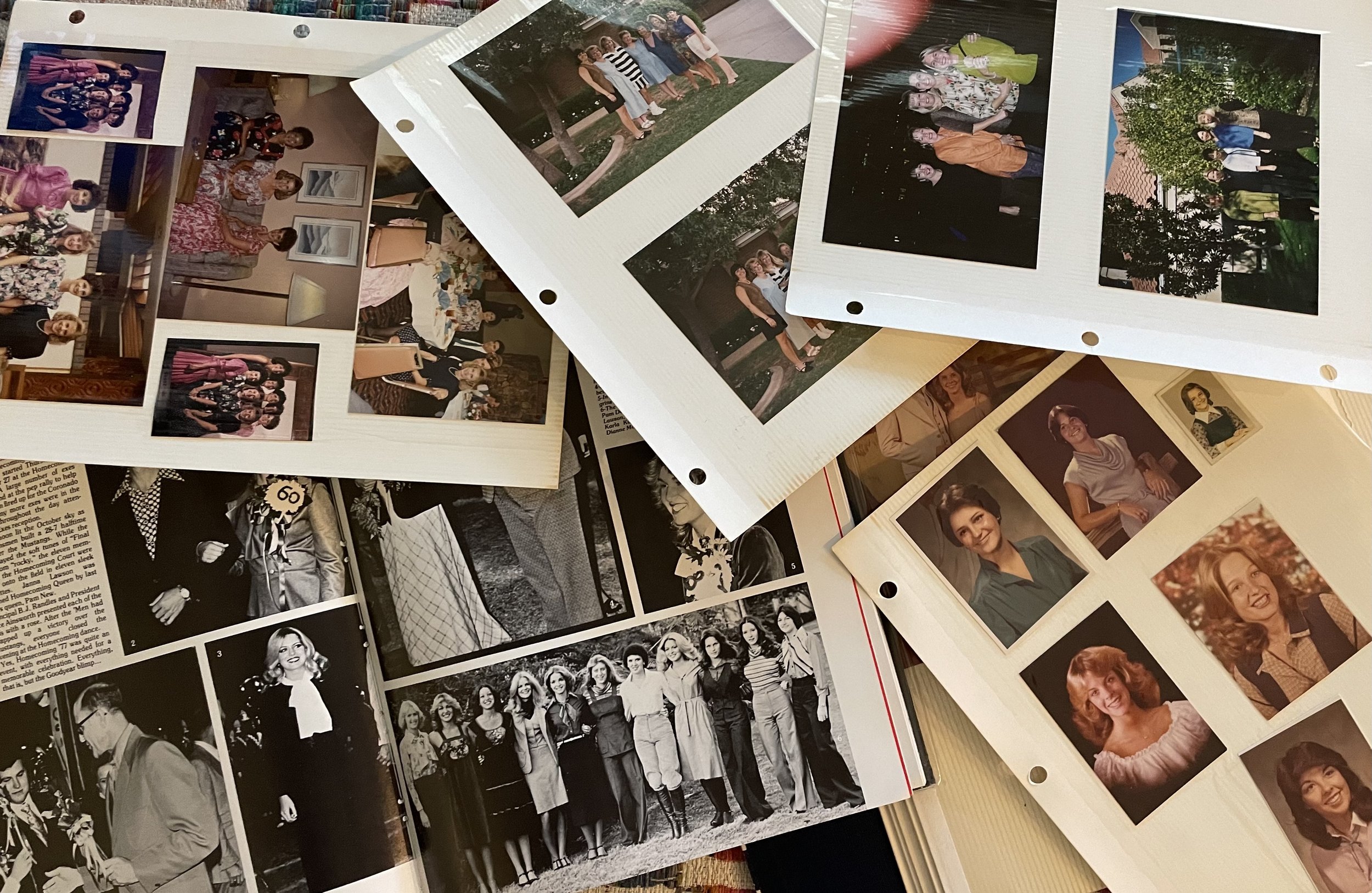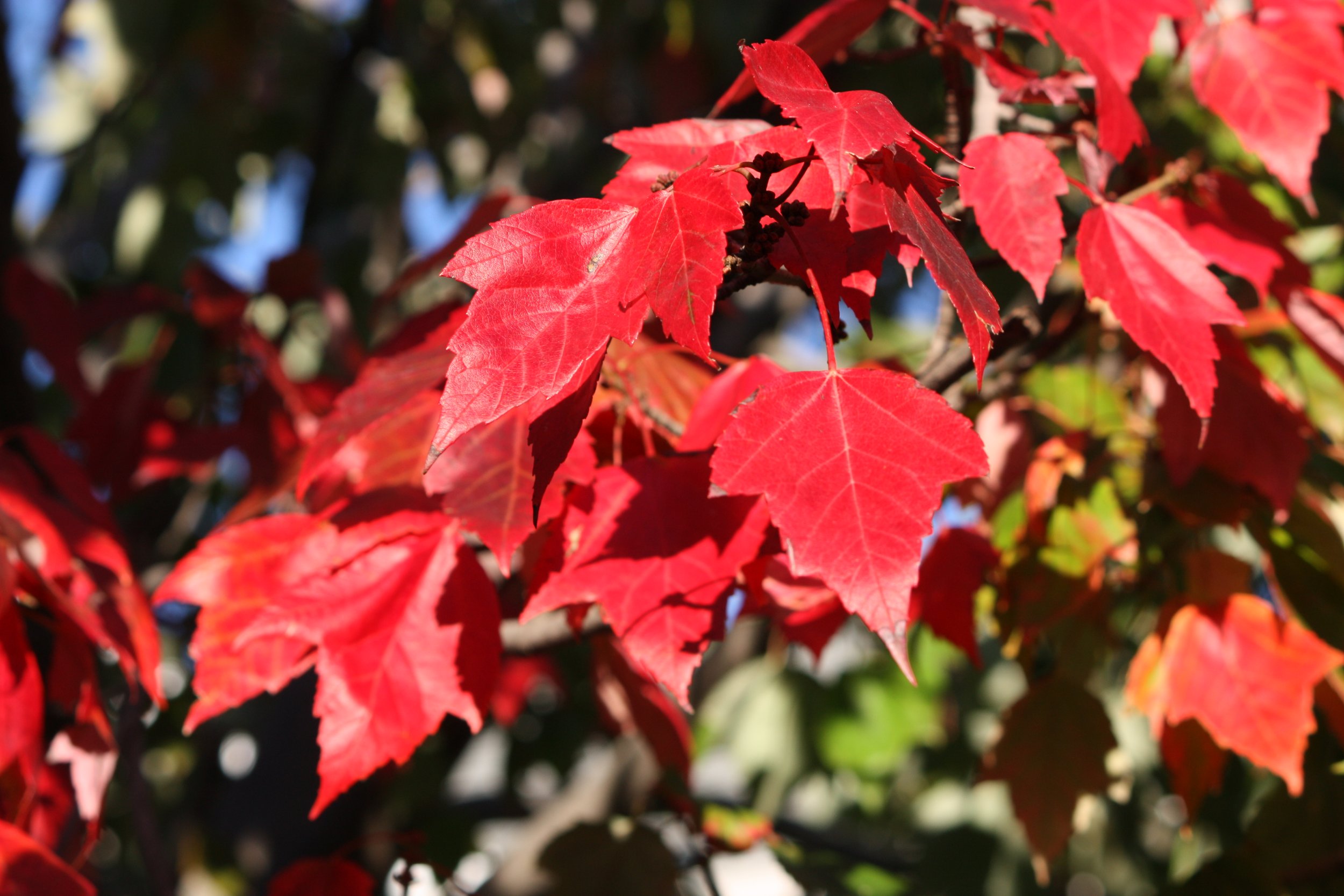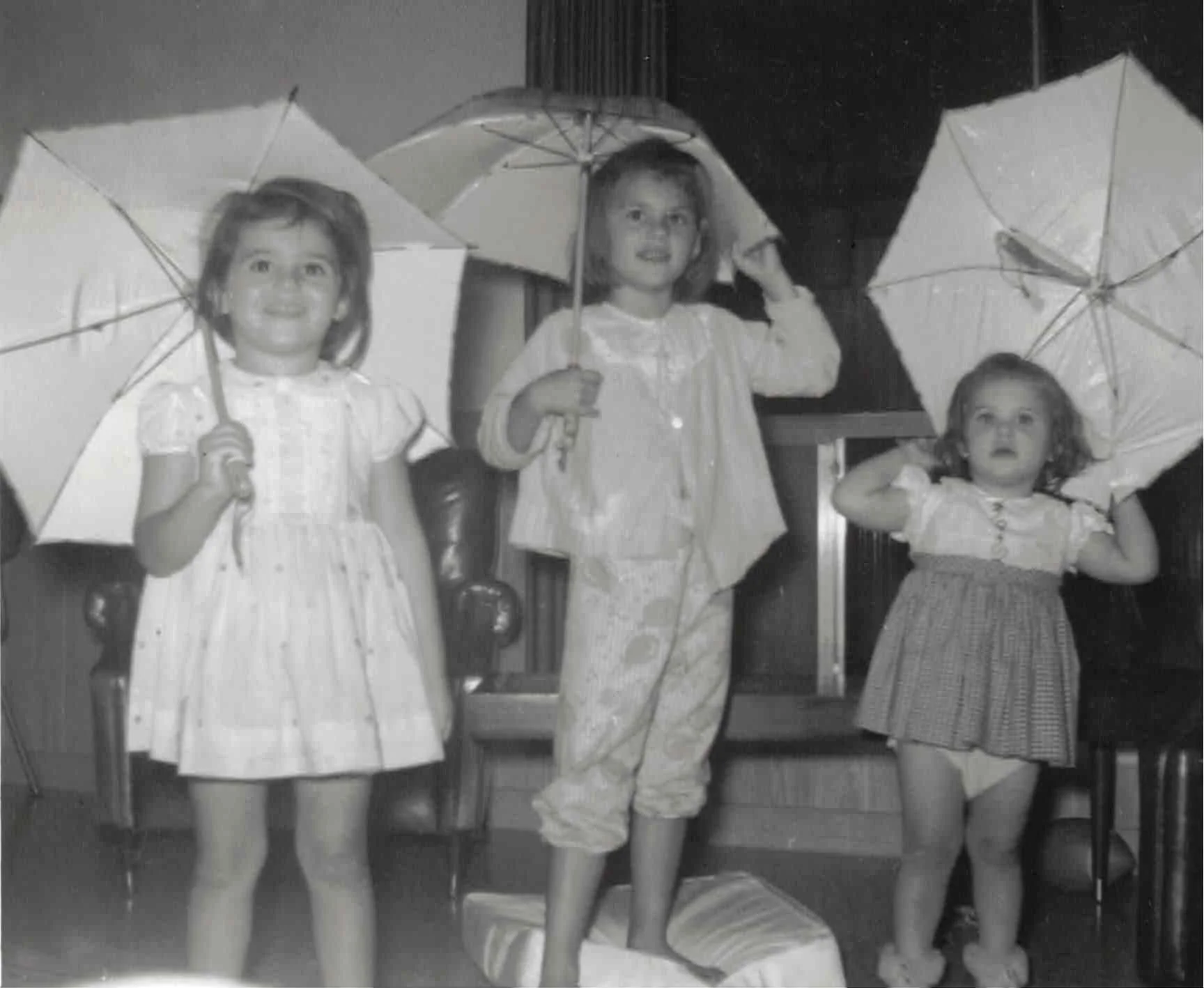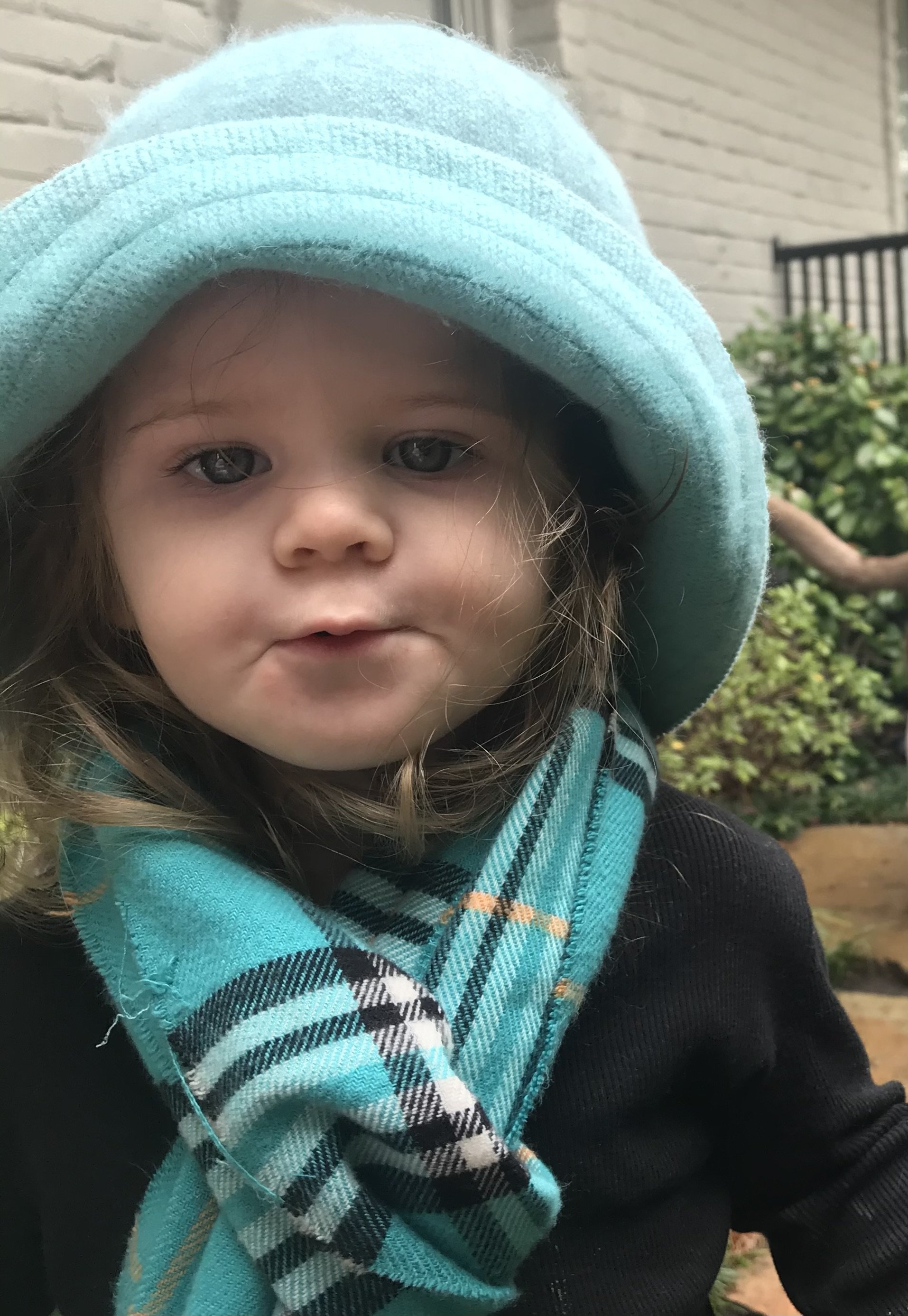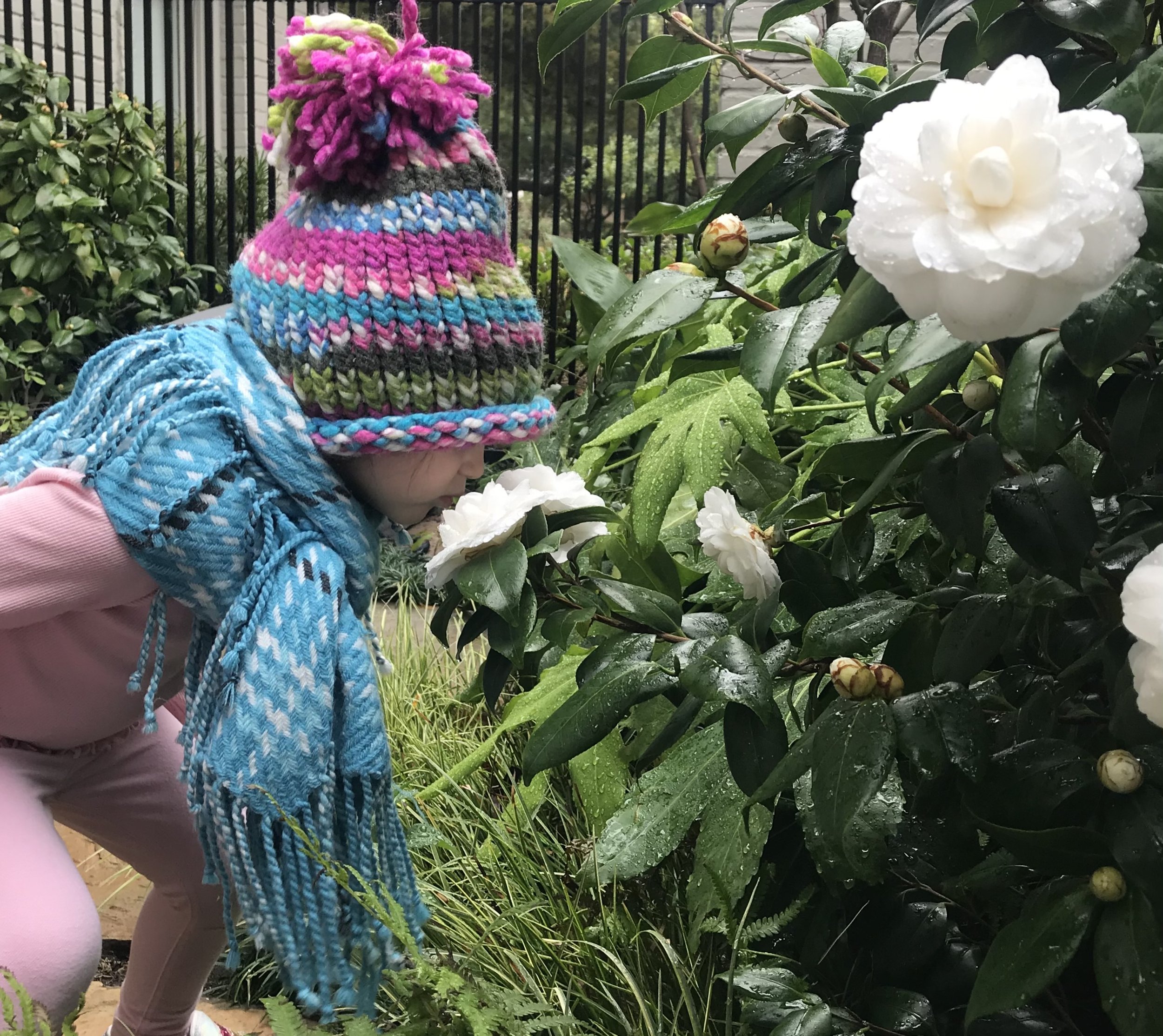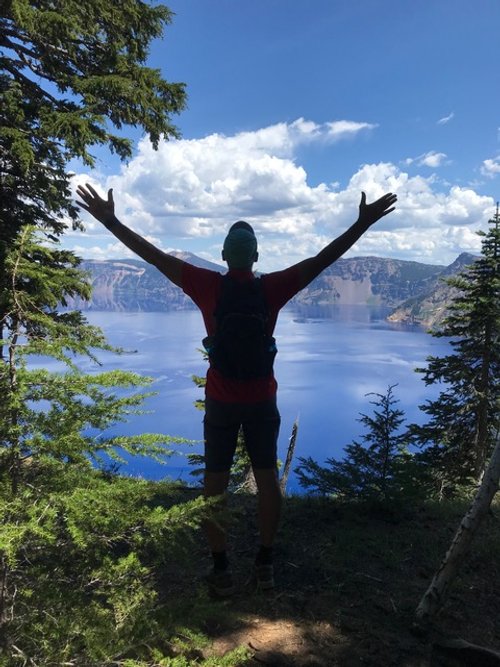Nourish to Flourish
/In what way would you like to flourish? What might we do to nourish what we desire to flourish? Those are the two questions for this month’s contemplative process.
If we want to flourish in our pickleball game, we might reflect on how to nourish our stretching before and after the game.
If we want to flourish in our love for another, we might reflect on how to nourish our commitment of trust.
If we want our bones to flourish, we might reflect on how to nourish weight-bearing exercises in our workout regimen.
If we want our love of music to flourish, we might reflect on how to nourish our listening.
If we want our hospitality to flourish, we might reflect on how to nourish an atmosphere of welcome and calm.
If we want our creativity to flourish, we might reflect on how to nourish our vulnerability.
If we want our joy to flourish, we might reflect on how to nourish our dancing.
If we want our skin to flourish, we might reflect on ways to nourish our moisturizing process, both internally and externally.
If we want our friendships to flourish, we might reflect on ways to nourish our “being there”.
Photo taken in Dallas, TX.
If we want our garden to flourish, we might reflect on ways to nourish our soil.
If we want our love for ourselves to flourish, we might reflect on ways to nourish our authenticity.
If we want our sense of adventure to flourish, we might reflect on how we could nourish our curiosity.
If we want our brains to flourish, we might nourish our reading.
If we want our souls to flourish, we might nourish our contemplative moments.
May your reflections of what you want to flourish and nourish be deep and rich and vibrant for you today.
Photo taken in Rocky Mountain National Park, Colorado
Nourish to Flourish to Nourish
By Roger C. Jones
See the rain & sunshine
from the heavens
nourish the forest
and its flourishing flora
steadily emerging
and the forest’s fauna nourished
by the bounty
So let us
nourish our minds with uplifting thoughts
that cleanse our souls
& flourish our outlook, which will then nourish
those we chance upon the way
Perhaps we
ponder our hearts nourished with compassion
from a geyser of human kindness
an overflow that flourishes those encountered
spilling over to nourish others
Then may we
nourish our homes, caring deeply within
passionately, surely, we shall flourish and
with that, the flourish spawns nourishing of others,
completing the circle – nourish to flourish
to nourish
For April as we reflect on ideas of how to nourish and flourish in our everyday life, I will offer an invitation for each day. You may follow me on Facebook or Instagram for daily opportunities. If you are not on social media, you may click on the image below and find the calendar through a downloadable PDF.
Photo taken in Milford Sound, New Zealand.













